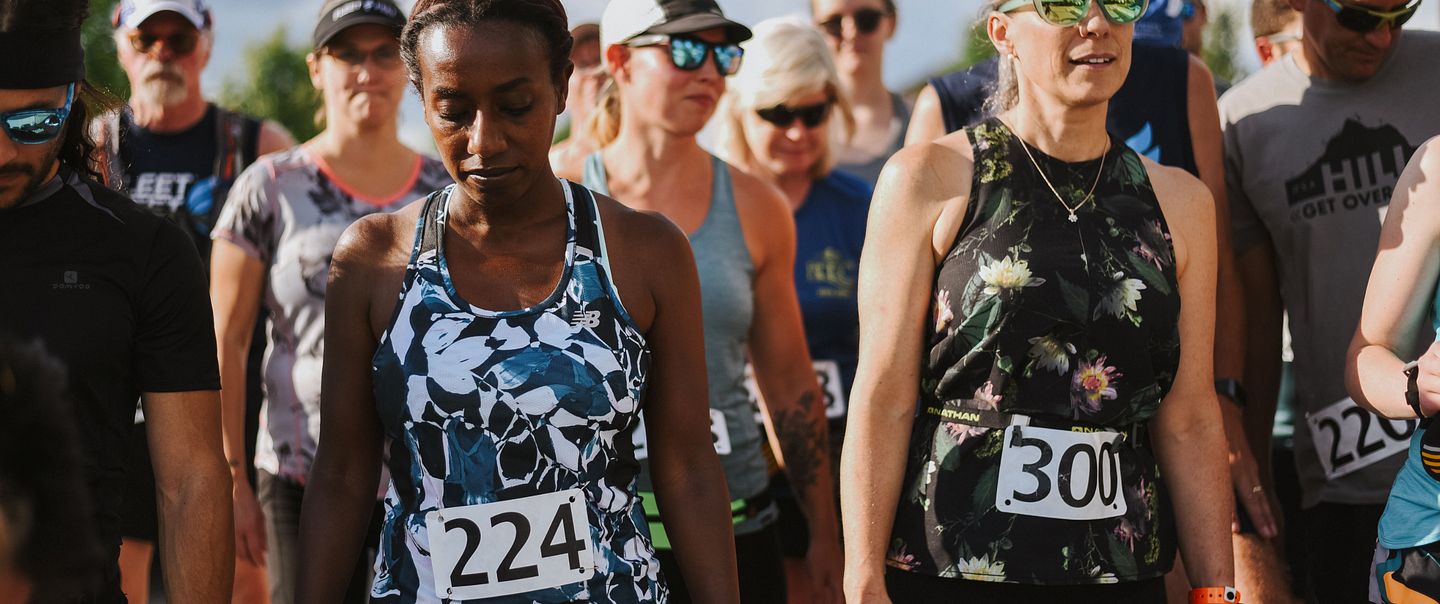The first step in your half-marathon preparation should be to analyze and assess what your current fitness level is to establish a realistic expectation for your training and racing. Now is an important time to be honest with yourself. A half-marathon is a 13.1 mile race—that’s a lot of training miles and a long race! Ask yourself if you are ready to start training immediately, or do you need a few weeks to build up a baseline?
Read more about building your training plan in our Beginners Running Guide
Take into account your level of familiarity with the half-marathon distance. Have you run a half-marathon before? How recently? What was your experience like? Would you have done anything differently? Taking time for self-reflection will help the rest of your preparation go more smoothly, and it will help ensure a positive and successful race.
While you’re at it, take a long, hard look at your goals and expectations and how they match up with the rest of life’s demands. Taking into account your work and social life can help you train effectively without feeling overwhelmed. Adjusting your big picture goals based on your day-to-day experiences is a good place to start.






Join our Newsletter
Get deals, events, and more.
Connect with Fleet Feet
Get involved on social media.
Find a Location
Fleet Feet has over 250 locations nationwide!
Find a Store